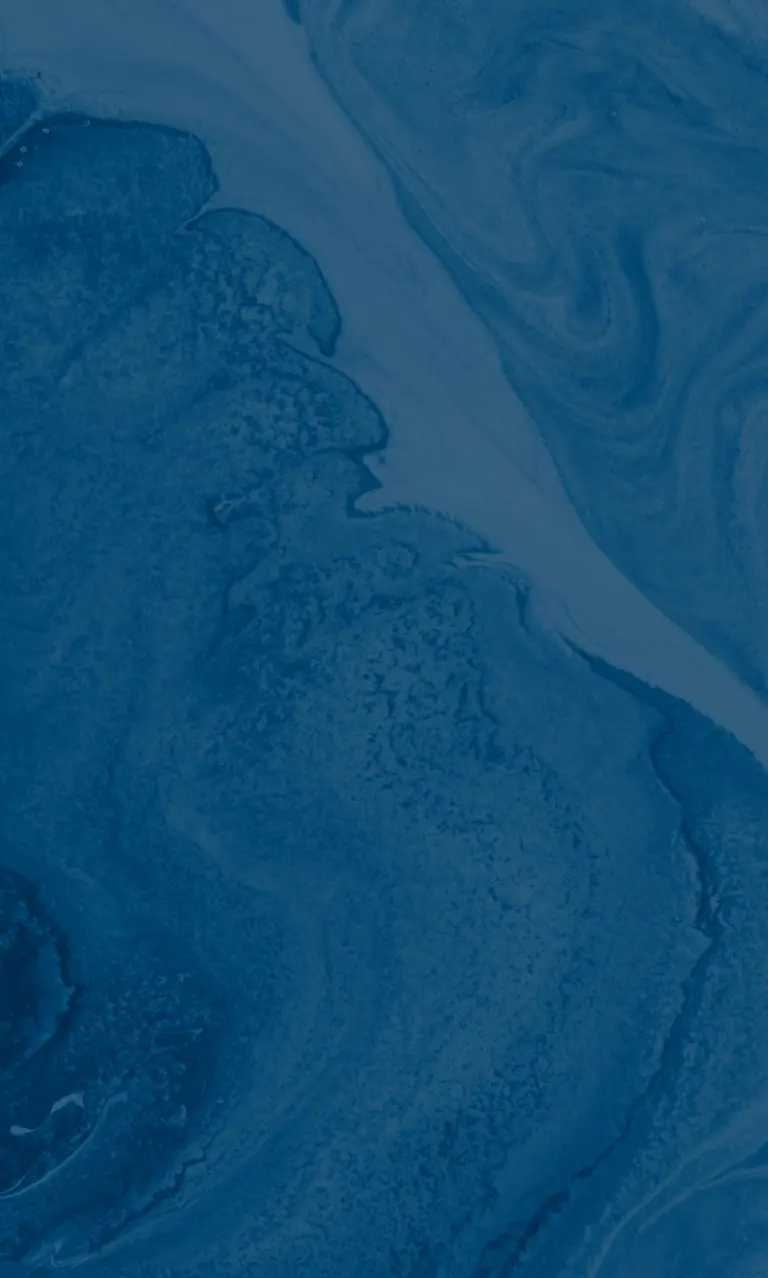risco Understanding - and responding to - oyster mortality in Quiberon Bay
For several years, mortality among the pacific oyster, Crassostrea gigas, has been regularly recorded along the French coast, with significant numbers of seed or spat oysters dying from the epizootic virus OsHV-1 during the summer months since 2008. Quiberon Bay, where the seabed/deep water farming method is quite specific, is marked by recurrent mortality among adult oysters. In 2006 in particular the mortality rate reached 90% in the worst affected beds.
The RISCO project was aimed at understanding the reasons for this mortality in Quiberon Bay, whether specific to the type of farming (animal husbandry, silting, predators and physical chemistry) or whether more general (trophic capacity and infectious disease), so as to offer solutions to those working in the oyster-farming industry. An explanatory scenario was drawn up on the basis of industry observations, recordings and analyses, and digital simulations. This scenario simultaneously took account of the spatial and temporal distribution of the 2006 mortalities and of more recent observations, such as the slow-down in growth in 2010.
Studies of the sediment, physico-chemical and biological analyses and recording of farming practices, underpinned by numerical modelling, have led to identifying and prioritising the risks and consequences for different age categories: predation and the risk of hypoxia for all ages, and the risk of Ostreid Herpes virus for oyster spat. Of these causes, hypoxia was shown to occur at unprecedented levels in the bay during adverse conditions - northwest winds, neap tide, summer heat and local upwelling and water stratification.
In the course of the project, scientific production methods and risk-management tools were developed for the oyster-farming industry:
- Towed undersea video
- Acoustic image acquisition and processing
- Bio-indicators: foraminiferal assemblages (indicating a malfunction in the ecosystem relating to oxygenation and organic matter); embryo-larval environmental toxicity test
- Application and validation of numerical models (EcoMars-3D): physical (hydrodynamism, etc.) and biological (phytoplankton, oyster growth and epizootic virus)
- Creation of an environmental and socioeconomic database.
The socioeconomic aspect of the RISCO project also made it possible to formalise the knowledge held by the Quiberon Bay companies and to qualify perceptions and adaptation strategies in response to identified risks, an essential step for developing realisitic ways out of crisis situations. In particular, these include improvements to farming practices, health controls on inputs, species diversification, adjustments to biomass and segmentation of production areas.
Attention should also be drawn to the fact that the coming together of industry knowledge and scientific analyses in biology, ecology, animal husbandry and economics contributed hugely to these advances, notably through the repeated questioning of various theories and results. All of this presupposed a capacity for listening and a mutual understanding.
Partners
Centres de recherche
- Université de Bretagne Sud, Vannes
- Université de Nantes/ LEMNA EA 2164, Pôle Mer et Littoral (PML), Nantes
- Ifremer, La Trinité-sur-Mer
Entreprise
- Comité Régional Conchylicole de Bretagne Sud, Auray [Porteur de projet]
- AGC du Morbihan, CER - Nautil, Vannes
Funders
- Conseil régional de Bretagne
